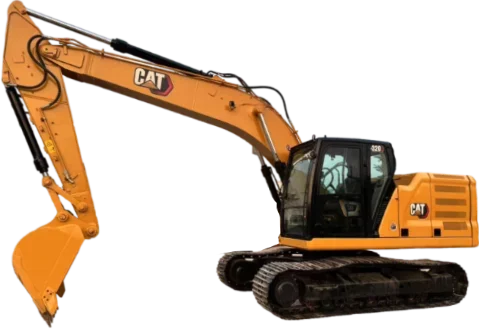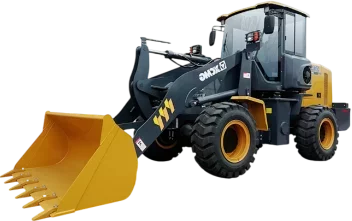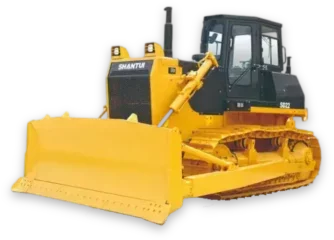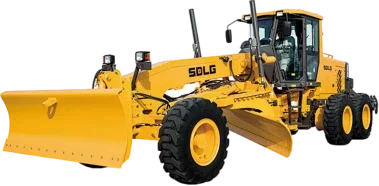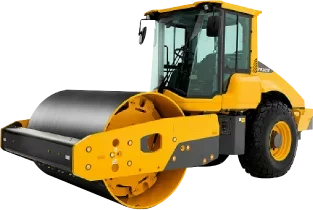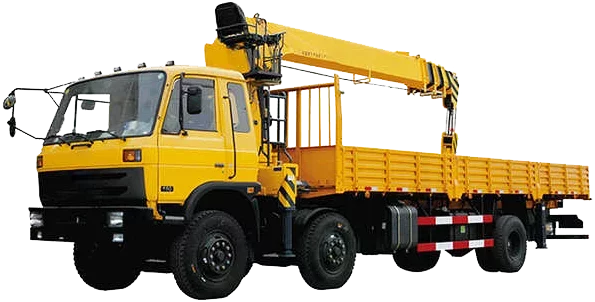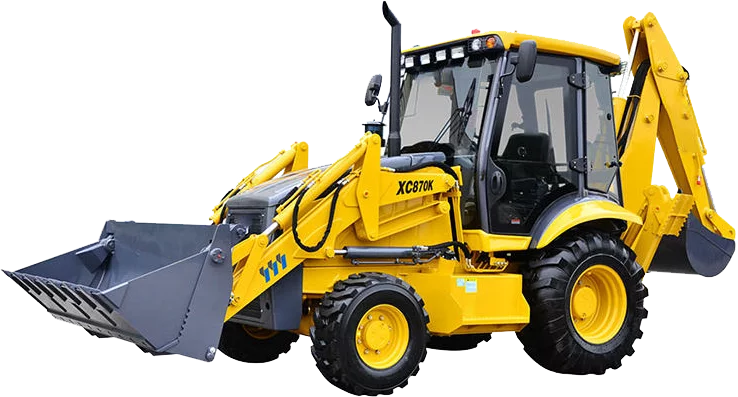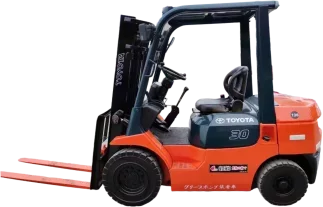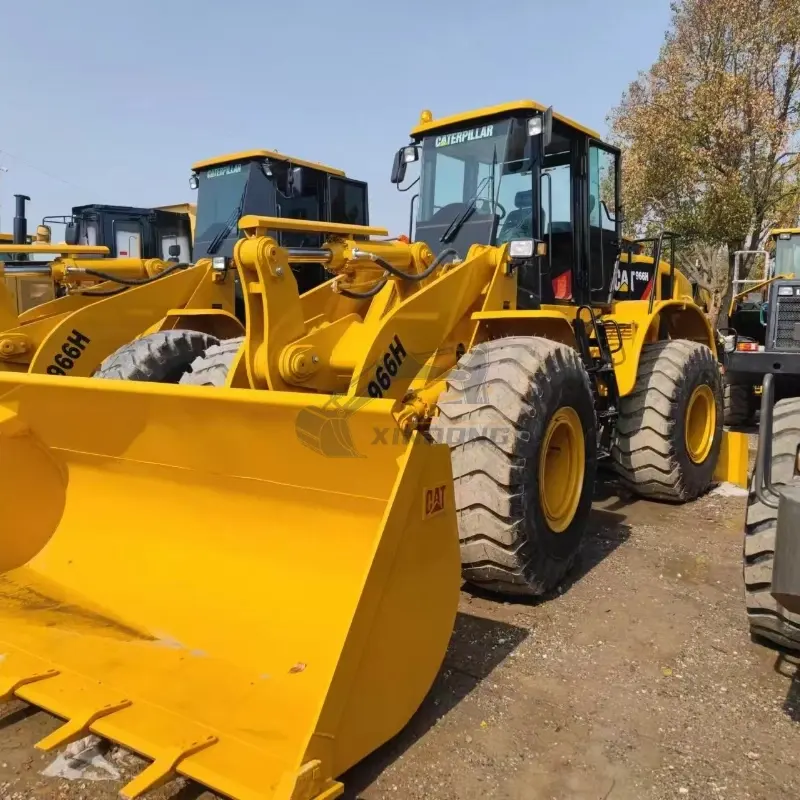Évitez les achats aveugles ! Comment choisir une pelle Cat d'occasion efficace et fiable ?
Date de sortie : 13/06/2025
L'achat d'une pelle d'occasion, notamment une Cat (Caterpillar), peut être un investissement judicieux, mais il nécessite une réflexion approfondie pour éviter les pièges potentiels. Pour vous aider à prendre une décision éclairée, voici quelques facteurs clés à prendre en compte lors du choix d'une pelle Cat d'occasion :
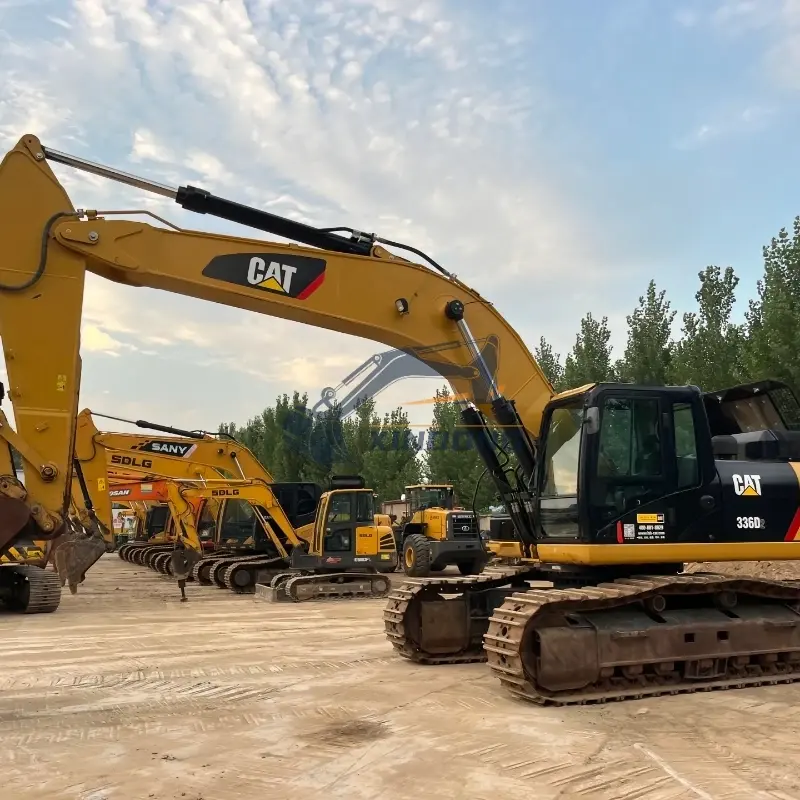
1. Connaissez vos besoins
Avant de vous lancer dans l'achat, déterminez le type de travaux pour lesquels vous avez besoin de la pelle. Cat propose différents modèles adaptés à différentes tâches, comme le creusement, le levage ou le nivellement. Tenez compte de facteurs tels que :
Conditions de chantier : Avez-vous besoin de la pelle pour des tâches lourdes ou pour des travaux plus légers et plus précis ?
Taille et portée : choisissez la taille en fonction des exigences de votre projet : les machines plus grandes ont plus de puissance mais peuvent être plus difficiles à manœuvrer dans des espaces restreints.
Performances hydrauliques : Certaines tâches peuvent nécessiter une plus grande capacité de levage ou un fonctionnement hydraulique plus rapide.
2. Vérifiez l'historique de la machine
Demandez toujours le carnet d'entretien de la machine. Cela comprend :
Propriétaire précédent : La machine a-t-elle été utilisée dans des environnements difficiles ou bien entretenue par le propriétaire précédent ?
Historique d'entretien : A-t-il fait l'objet de vidanges d'huile régulières, de remplacements de filtres et d'un entretien général ? pelle Caterpillar d'occasion bien entretenue aura moins de chances de tomber en panne à l’avenir.
Rapports d'accident ou de dommage : Assurez-vous que la machine n'a pas été impliquée dans un accident important ou n'a subi aucun dommage structurel.
3. Inspectez l'état de la machine
Une inspection minutieuse de l'état physique et opérationnel de la pelle est essentielle. Soyez attentif aux points suivants :
Moteur et transmission : Démarrez la machine et soyez attentif à tout bruit inhabituel. Vérifiez l'absence de fuites ou d'irrégularités dans le moteur. Vérifiez la réactivité de la transmission.
Système hydraulique : recherchez d'éventuelles fuites, une faible pression ou des mouvements lents. Le système hydraulique est l'un des éléments les plus importants d'une excavatrice.
Train de roulement : Inspectez les chenilles, les galets et les pignons pour détecter toute trace d'usure. Un train de roulement usé est coûteux à remplacer et peut affecter les performances.
Flèche et godet : Vérifiez l'absence de fissures ou d'usure importante. Assurez-vous que tous les axes, bagues et vérins sont en bon état de fonctionnement.
Cabine et commandes : Assurez-vous que le siège de l'opérateur est confortable et que toutes les commandes (joystick, pédales, etc.) fonctionnent correctement.
4. Testez la machine
Si possible, faites un essai avec la pelle. Soyez attentif aux points suivants :
Fluidité de fonctionnement : la machine fonctionne-t-elle en douceur, sans secousses ni à-coups ?
Mouvement et flexibilité : Testez tous les mouvements, y compris la flèche, le godet, la rotation et les chenilles. Une machine Cat en bon état de fonctionnement doit pouvoir effectuer tous les mouvements sans hésitation ni bruit excessif.
Performance sous charge : Chargez légèrement la machine pour tester sa capacité à soulever et à creuser sous pression.
5. Âge et heures d'ouverture
L'âge de la machine et ses heures de fonctionnement sont essentiels pour déterminer sa durée de vie restante. Si les pelles Cat sont réputées pour leur durabilité, les machines ayant un nombre d'heures de fonctionnement élevé (plus de 5 000 à 8 000 heures) peuvent nécessiter des réparations plus fréquentes ou avoir des composants en fin de vie. Voici une règle générale :
Moins de 5 000 heures : En général, la machine doit encore être en bon état.
Plus de 8 000 heures : envisagez une inspection plus détaillée, en particulier sur les composants critiques.
6. Vérifiez le prix
Alors qu'un machine d'occasion Pour économiser de l'argent, assurez-vous que le prix est raisonnable compte tenu de l'état, de l'âge et du modèle. Comparez les prix des modèles similaires sur le marché pour éviter de payer trop cher. N'oubliez pas qu'investir un peu plus au départ dans une machine bien entretenue peut vous éviter des réparations coûteuses par la suite.
Choisir un pelle Cat d'occasion C'est une décision importante, mais avec la bonne approche, cela peut être un investissement rentable. Connaître l'historique de la machine, inspecter son état minutieusement et tester ses performances est essentiel. En suivant ces étapes, vous vous assurerez d'obtenir une machine fiable et performante qui répond à vos besoins, tout en évitant des frais de réparation inutiles.

